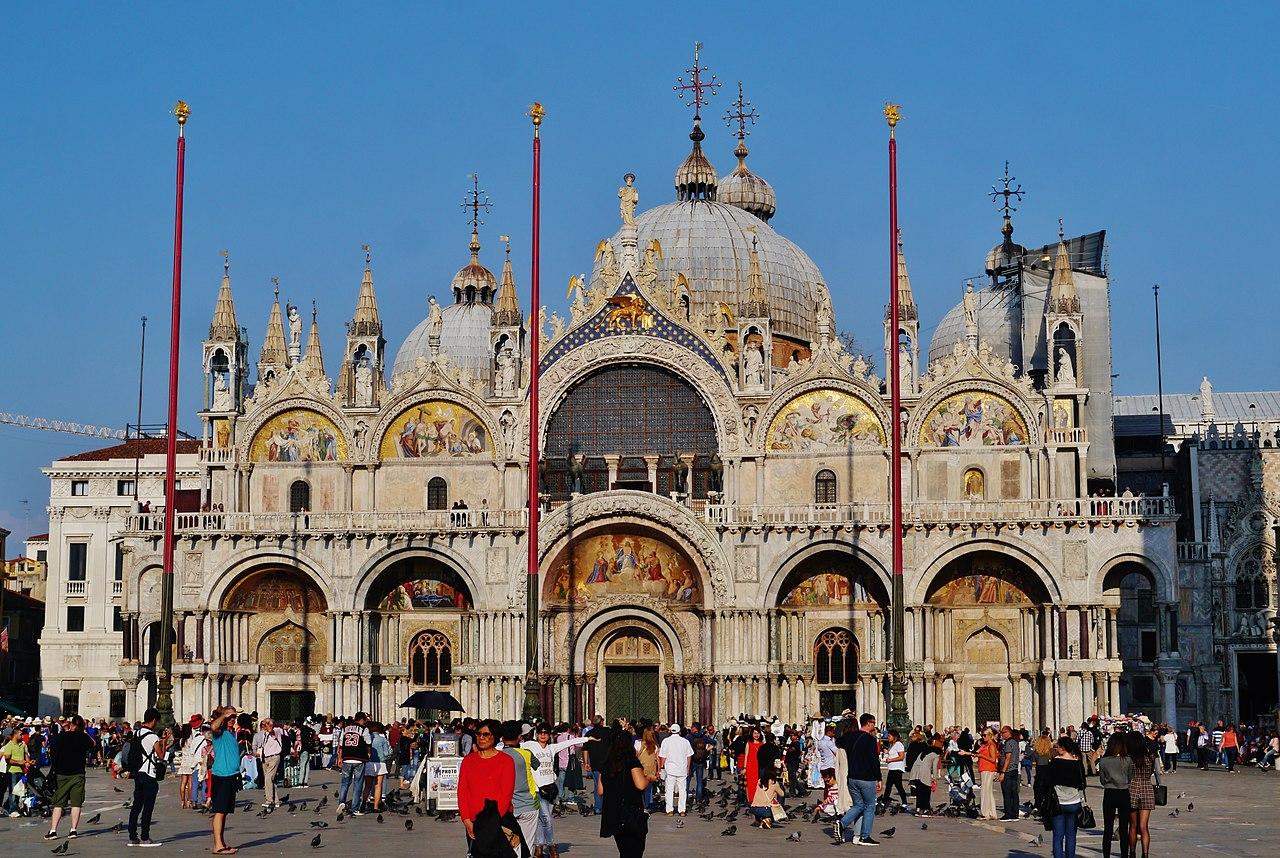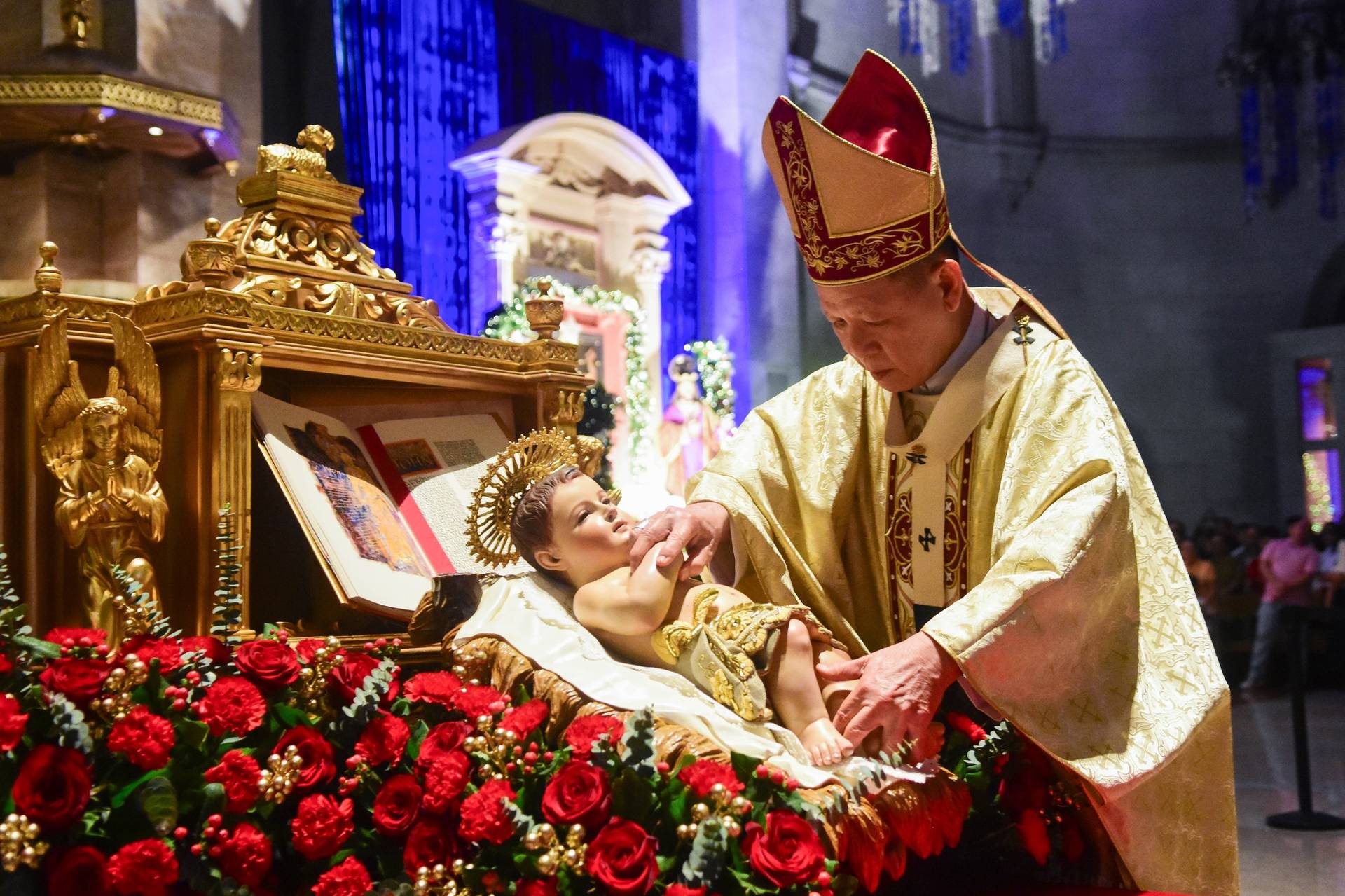ROME – As Pope Francis makes his way to Venice tomorrow, he’ll not only be visiting one of the most fabled and romanticized cities in the world. He’ll also be confronting one of the leading symbols of the statistical decline of Catholicism in its traditional heartland, in a spot once hailed by another pope as a “hunter’s snare for vocations.”
In the surrounding region of Veneto, which is divided into nine dioceses, fifty years ago there were more than 6,000 priests, both diocesan and religious orders. By the year 2004 that number had dropped to 4,800, and today it stands at 3,700.
In the city of Venice itself, there were 714 priests in 1969, shortly after the close of the Second Vatican Council. According to the most recent county, which dates from 2022, the total now stands at 266.
Emblematic is the case of Casoni, a small town of roughly 2,500 people in the Veneto region. It was once hailed as having the highest percentage of its sons and daughters in religious life of any spot on earth; a local historian told the Italian newspaper Corriere della Sera on Saturday that between the 19th century and today, Casoni produced 71 priests, five religious brothers, 76 nuns, and three consecrated laypersons, in addition to two seminarians who died before they could be ordained.
Today, however, Father Alessandro Piccinelli, the local pastor, said that the last person from Casoni to take vows was six years ago, and that today while the weekly Sunday Mass is still relatively well-attended, it’s overwhelmingly made up of elderly persons.
According to the most recent national survey, only 18.7 percent of the population of the Veneto attends Mass on a regular basis, which is below the national average. Between 1984 and 2013, the percentage of couples in Veneto who elected to marry outside the church rose from 11 percent to 61 percent, according to government statistics. The overall number of marriages each year also has dropped, from roughly 19,000 per year in 2004 to 14,000 today, and one out of four of those marriages is a second marriage.
According to some estimates, almost 30 percent of children born in the Veneto today are not baptized, and the share of school-age children electing to take a voluntary religion course is also falling.
“Our priests are ever more exhausted, stressed and depressed, forced to run from one parish to another and to deal with everything that has to be done there,” said local journalist Andrea Priante.
“At times, the only thing they can do is raise a white flag,” Priante said. “In every diocese of the region, on average two or three priests every year ask to take some time away with a sabbatical period.”
In that context, the hope is that the first-ever visit by a pope to the famed Venice Biennale, an annual cultural festival where the Vatican has hosted its own pavilion since 2013. Overall Francis will be the fourth pope to visit Venice since 1972, following Popes Paul VI, John Paul II and Benedict XVI.
Francis’s daylong itinerary is expected to include a Mass in St. Mark’s Square, a meeting with young people and a session with female inmates at the Giudecca island prison where the biennale is being staged.
The outing will mark Pope Francis’s first excursion out of the Vatican in 2024. He’s currently scheduled to make other day trips within Italy, to Verona on May 18 and Trieste on July 7, ahead of a major international trip to Indonesia, Papua New Guinea, East Timor and Singapore in September.















